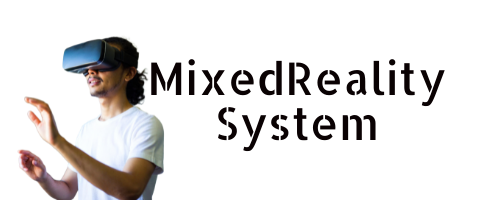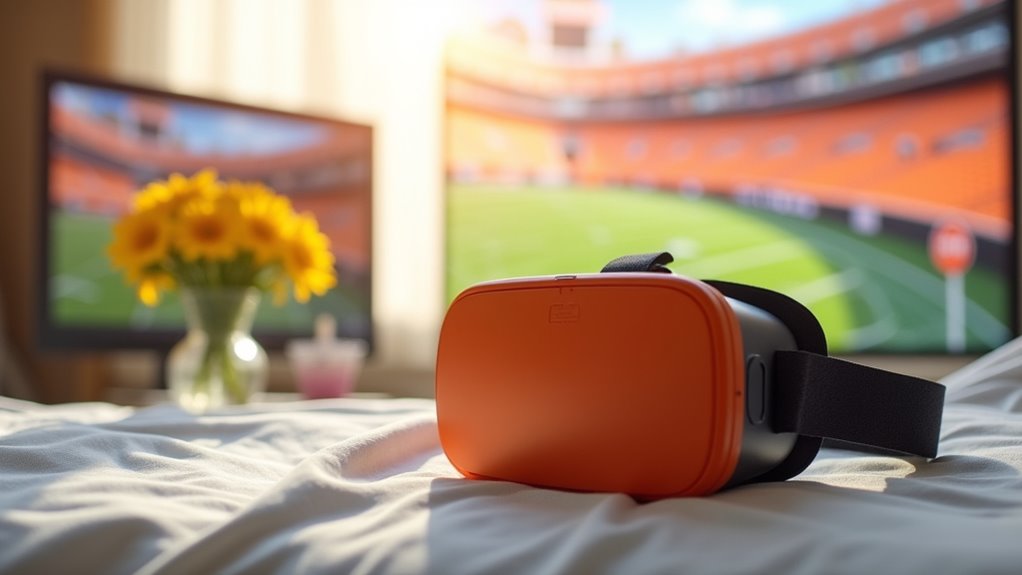At a Glance
- Clemson University students developed immersive VR experiences featuring Tigers football games for terminally ill sports fans.
- Sound engineer Rob Martin captured authentic stadium sounds and fight songs to recreate game-day atmosphere.
- Patients experience 360-degree virtual environments from their bedsides using Google Daydream headsets.
- The VR therapy reduces pain and anxiety by up to 40% while creating meaningful connections between patients and families.
- Project enables hospice patients to fulfill bucket-list experiences despite physical limitations through virtual adventures.
In a groundbreaking fusion of technology and compassionate care, virtual reality is transforming the final chapters of life for hospice patients. Through immersive 360-degree experiences, patients can now check off bucket-list adventures from the comfort of their beds, whether it’s exploring the canals of Venice or swimming alongside playful dolphins in crystal-clear waters.
Virtual reality opens new worlds for hospice patients, letting them fulfill dreams and explore wonders from their bedsides.
At Clemson University, a dedicated team of students and faculty has taken this technology to heart, creating something truly special for their local community. After discovering that many hospice patients were die-hard Clemson Tigers fans, they set out to recreate the electric atmosphere of a home football game. Pain relief studies have shown that VR therapy can reduce both physical discomfort and anxiety levels by up to 40%.
Sound engineer Rob Martin captured every detail, from the roar of the crowd to the band’s familiar fight song, ensuring that patients could feel the genuine excitement of game day. With options like Google Daydream headsets, patients can fully immerse themselves in the stadium experience.
The impact of these virtual experiences goes far beyond mere entertainment. Studies show that VR sessions substantially reduce pain and anxiety, often decreasing the need for medication. This innovative distraction-based therapy offers a safe alternative to traditional pain management methods.
Patients who might be physically confined to their rooms can suddenly find themselves soaring in hot air balloons or cruising through Alaskan fjords, offering a mental escape that brings unexpected joy and relief.
What makes these experiences even more meaningful is their ability to bring families together. Through synchronized VR sessions, grandparents can take their grandchildren on virtual adventures, creating precious memories despite physical limitations.
Healthcare workers also benefit, using VR simulations to better understand their patients’ perspectives and challenges.
The success stories are heartwarming. Take Sarah Ezekiel’s unforgettable dolphin encounter through BBC-provided VR, or the elderly couple who finally got their dream Alaska cruise experience – virtually.
These moments remind us that technology isn’t just about advancement; it’s about creating human connections and fulfilling dreams. As one Clemson student developer put it, they’re not just programming games – they’re crafting lasting memories for families when they need them most.
References
- https://keystonehospice.org/hospice-virtual-reality-bucket-list
- https://mirasolhealth.org/using-virtual-reality-program-for-hospice-patients/
- https://pubmed.ncbi.nlm.nih.gov/34215568/
- https://news.clemson.edu/one-last-game-students-build-virtual-reality-experience-for-hospice-patients/
- https://www.myndimmersive.com/hospice-palliative-care



Leave a Reply